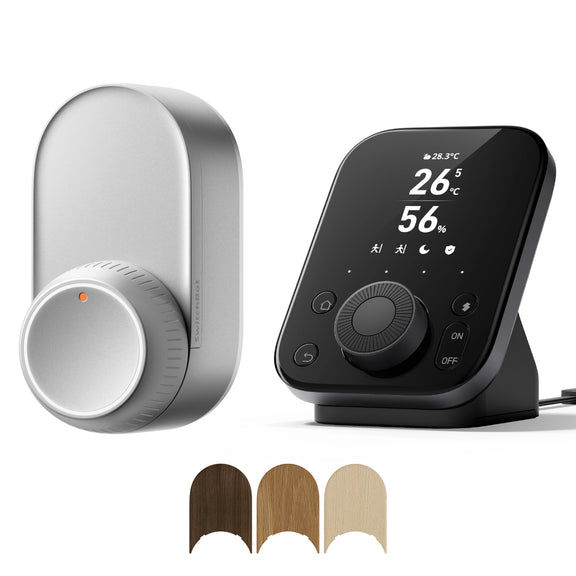Unlocking Security: Discover the Hidden Advantages of Keypad Locks!
In a world where security is paramount, keypad locks have emerged as a modern solution to safeguard our homes and businesses. These innovative locking systems combine convenience with advanced technology, making them a popular choice among homeowners and commercial property managers alike. The increasing reliance on electronic security measures reflects our growing awareness of the need for robust protection against unauthorized access. Keypad locks come equipped with various features that cater to different security needs, while their user-friendly design enhances accessibility. In this article, we will explore the essential aspects of keypad locks, focusing on their features, benefits, and functionality to help you understand why they are worth considering for your security needs.

Understanding Keypad Locks
Keypad locks are electronic locking devices that utilize a keypad for code entry, eliminating the need for traditional keys. At their core, they consist of a keypad, an electronic locking mechanism, and a power source, typically batteries. There are two primary types of keypad locks: standalone and networked systems. Standalone locks operate independently, allowing users to set their own access codes without connecting to a central system. In contrast, networked locks are integrated into a larger security system, enabling remote monitoring and management through smartphones or computers. This flexibility in design makes keypad locks suitable for various applications, from residential homes to commercial properties, enhancing security on multiple fronts.
Features of Keypad Locks
The features of keypad locks are designed to provide both security and convenience. One of the standout features is the ability to create multiple user codes, allowing different individuals access without the need for physical keys. Many modern keypad locks come equipped with backlit keypads, making it easy to enter codes in low-light conditions. Some models even offer temporary access codes, ideal for visitors or service personnel, which can be easily programmed and deleted. Technological advancements have also introduced Bluetooth connectivity and smartphone integration, allowing users to manage codes and access remotely. This level of control not only enhances security but also provides peace of mind for users who are often on the go.
Benefits of Using Keypad Locks
Keypad locks offer numerous advantages over traditional locking systems. One of the most significant benefits is convenience; users no longer have to fumble for keys, especially when their hands are full. The ability to easily change access codes adds another layer of security, as it eliminates the risk associated with lost or stolen keys. Additionally, keypad locks can deter unauthorized access more effectively due to their electronic nature. Many models include features such as automatic locking after a certain period or lockout modes after multiple failed code attempts, further enhancing security. Personal experiences shared by friends who have switched to keypad locks highlight how much easier their daily routines have become, as they no longer worry about misplaced keys or the hassle of traditional locks.
How Keypad Locks Work
Understanding how keypad locks operate can demystify their functionality. When a user inputs a code, the system checks it against the stored codes in its memory. If the input matches, the electronic locking mechanism is disengaged, allowing access. Conversely, if the code is incorrect, the lock remains secure, and after a set number of failed attempts, the lock may enter a lockout mode, temporarily disabling the keypad to prevent further attempts. This mechanism not only enhances security but also deters potential intruders. Many keypad locks also come with a backup key option, ensuring that users can still gain access if the electronic components fail or if the batteries run out unexpectedly.
Installation and Maintenance of Keypad Locks
Installing a keypad lock can be a straightforward process, depending on the model chosen. Many locks are designed for DIY installation, complete with user-friendly instructions and all necessary hardware. However, those who prefer a professional touch can easily find locksmiths or security experts to handle the installation. Maintenance is also crucial for ensuring the longevity of keypad locks. Regular battery checks are essential, as most keypad locks operate on battery power. Additionally, keeping the software updated, if applicable, can enhance security features and fix any vulnerabilities. Simple cleaning and prompt attention to any operational issues can further extend the life of your keypad lock.
Recap of Keypad Locks' Benefits
In summary, keypad locks represent a significant advancement in security technology, combining convenience, flexibility, and enhanced protection. Their user-friendly features and the ability to manage access codes effectively make them a superior choice over traditional locking systems. As we navigate a world where security is increasingly vital, considering keypad locks for your home or business can provide peace of mind and ease of access. Whether you’re looking to upgrade your security system or simply seeking a more convenient locking solution, keypad locks offer a modern approach to safeguarding your space.








